
Maintaining Cleanliness of the door inside the clean room
- By:hqt
- 2023-06-07
- 29
What does "a door inside the clean room" refer to?
A door within a clean room is an entry or exit point that enables individuals or pieces of equipment to enter or exit the environment while maintaining the required standards of cleanliness. To minimize contamination, clean rooms are specifically created in settings with regulated amounts of airborne particles, temperature, humidity, and other characteristics. Clean room doors are built and outfitted accordingly to restrict the entry of pollutants from the outside environment. To reduce air leakage and preserve the required clean room conditions, they are often made to seal firmly when closed. When the doors are opened, specific elements like gaskets, locking mechanisms, air curtains, or air showers may be included to create an air barrier and prevent debris from entering the clean room.
The door inside the clean room is frequently made of smooth stainless steel or other non-shedding materials that are easy to clean and resistant to particle production. To allow visibility between the clean room and other regions without compromising the cleanliness, they may additionally contain windows or viewports constructed of transparent materials. Most people adhere to strict protocols when entering or leaving a clean room, which includes donning the proper cleanroom attire, such as gowns, gloves, masks, and shoe covers, as well as going through decontamination processes, like air showers or hand washing, to minimize the introduction of contaminants.
Maintenance of Cleanliness in a Clean Room with a Door:
To maintain cleanliness, a cleanroom with a door requires meticulous attention to certain processes and regulations. Here are some pointers for keeping things tidy in such a setting:
- Create and uphold admission and exit procedures:
The processes for entering and leaving the cleanroom must be specified and communicated in detail. For the most part, this entails utilizing designated changing spaces, donning the proper cleanroom clothing (such as cleanroom suits, gloves, masks, and shoe coverings), and going through air showers or other decontamination processes before entering.
- Implement a comprehensive cleaning routine:
Establish a regular cleaning schedule and utilize cleaning products and equipment for cleanroom conditions. Surfaces, floors, and equipment should be frequently cleaned and sanitized to reduce contamination.
- Control particle generation:
Reduce the number of activities that produce particles within the cleanroom to control particle creation. Avoid making irrational motions, kicking up dust, or causing vibrations. Utilize apparatus and implements made to reduce particle production. Before bringing equipment into a clean room for maintenance or repairs, be sure it has been thoroughly cleaned.
- Monitor and control airflow:
Airflow must be watched over and managed if cleanrooms are to remain that way. Verify and maintain the ventilation and filtration systems' integrity regularly. To stop the entry of pollutants, keep an eye on the air pressure difference between the cleanroom and the surrounding regions.
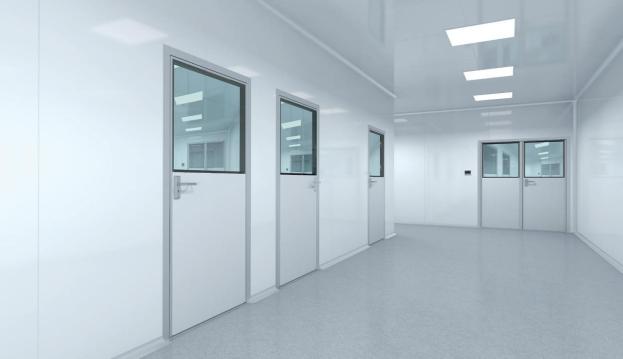
- Train personnel on cleanroom protocols:
Staff must be properly trained and educated on cleanroom regulations to maintain cleanliness. Everyone who enters the cleanroom should be aware of the rules, the standards for cleanliness, and their roles in maintaining a clean environment. These practices should be reinforced through periodic refresher training.
- Establish restricted access:
Establish limited access by allowing only authorized personnel access to the cleanroom. Use key cards, biometric systems, or other access control techniques to ensure that only authorized, trained personnel may enter the cleanroom.
- Monitor and maintain gowning procedures:
Careful adherence to gowning protocols, including the wearing and doffing cleanroom clothing, is required. Maintain the sterility and integrity of cleanroom clothing, gloves, masks, and shoe coverings regularly.
What advantages does a door in a clean room provide?
Doors crucially maintain the cleanliness and integrity of clean spaces. To support delicate industrial operations, scientific research, or other activities that call for a highly regulated environment, clean rooms are settings specifically created to minimize the presence of airborne particles, pollutants, and pathogens.
- Doors serve as a barrier to exclude pollutants from entering the clean room, preventing contamination. By reducing the entrance of particles, dust, and germs that might jeopardize the caliber and integrity of the operations or tests being carried out, they aid in maintaining the appropriate cleanliness class.
- Clean rooms frequently use specialized airflow patterns, such as unidirectional or laminar flow, to maintain a regulated atmosphere. Doors help preserve the ideal airflow patterns by minimizing the disruption brought on by their opening and shutting when properly built. Specialized clean room doors are made to preserve pressure differentials and reduce air turbulence, preserving the regulated airflow inside the clean room.
- To stop air leakage, clean room doors are made with tight seals. These seals maintain the necessary positive or negative pressure differentials between the clean room and its surroundings. A properly sealed door ensures air exchange with unclean or polluted regions won't impair the clean room's regulated environment.
- Controlled access is made possible by clean room doors, enabling only authorized people to enter. Access control systems can be connected with clean room doors to manage admission, ensuring people complete the correct gowning protocols, take the necessary air showers, or go through decontamination procedures before entering the clean room. Doing so reduces the danger of contamination, and the appropriate cleaning requirements are maintained.
Conclusion:
To keep a space sterile, doors are necessary within clean rooms. It can act as a partition between clean and filthy spaces, stopping the transmission of pathogens. When built correctly, these doors may be useful for preserving a cleanroom environment and enhancing worker safety. With 26 years of expertise producing clean products, E-ZONG provides a broad range of goods. You may save the time and expense of multi-party procurement by receiving a single point of contact for the whole chain. If you have any issues, a specialized individual will be available to assist you, address issues quickly, and significantly increase the speed of connection throughout the construction period!
-
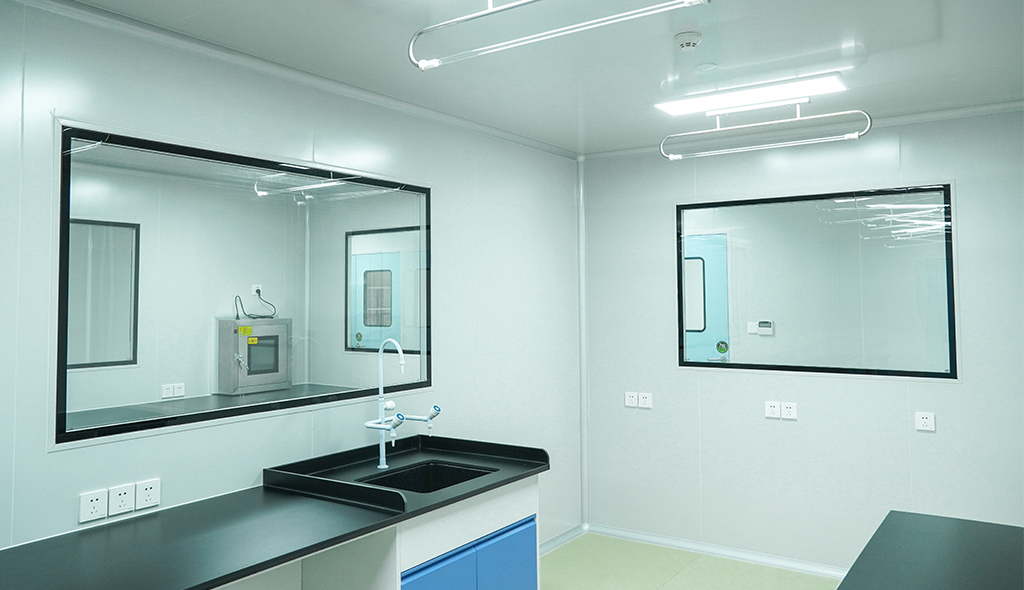 Cleanroom Glass Windows Are The Key to Maintaining a Clean Environment
Cleanroom Glass Windows Are The Key to Maintaining a Clean Environment -
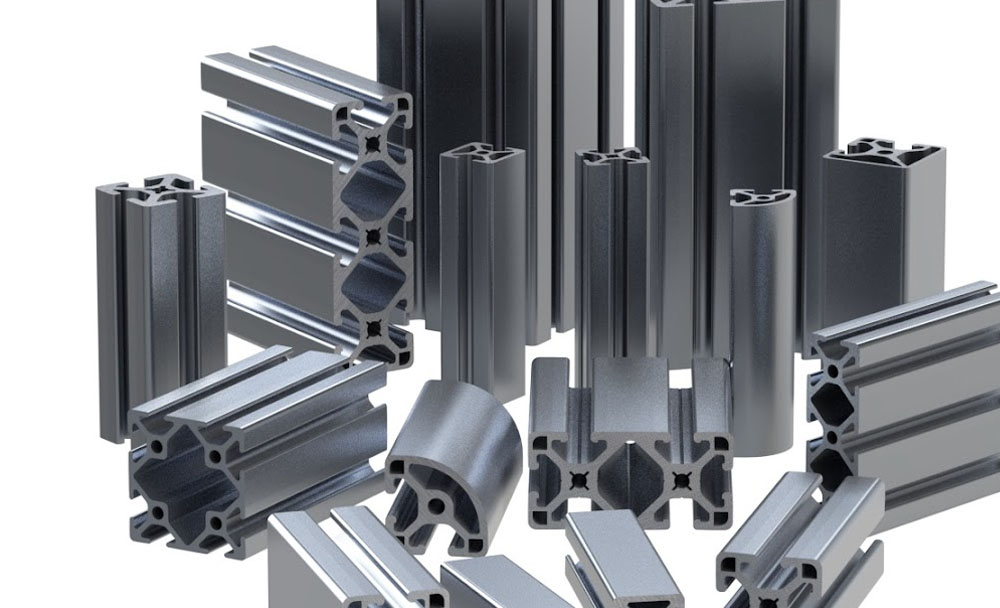 Top Aluminium Profile Manufacturers in China: Leading the Global Market
Top Aluminium Profile Manufacturers in China: Leading the Global Market -
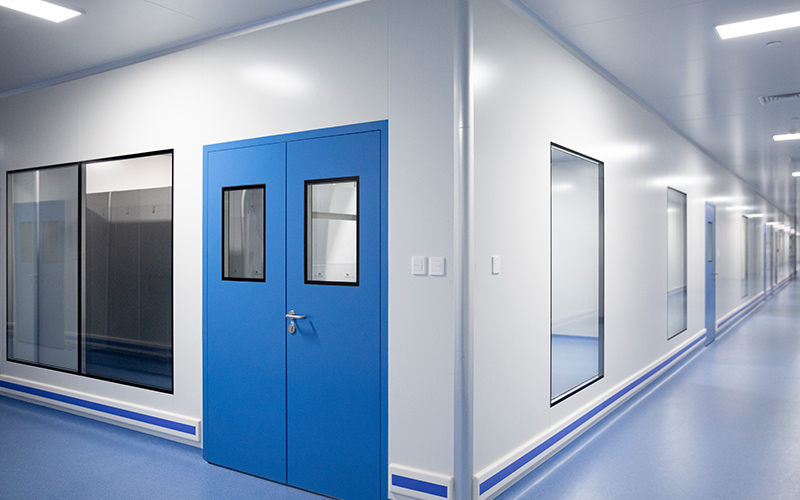 The Evolution of Air Tight Sliding Doors
The Evolution of Air Tight Sliding Doors -
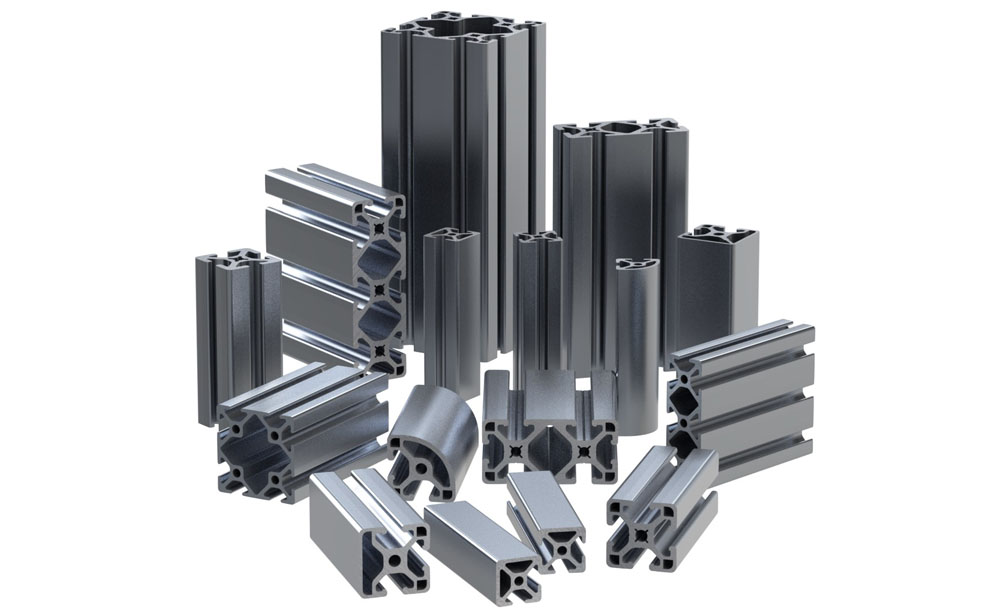 AHU Aluminium Profile: A Comprehensive Guide
AHU Aluminium Profile: A Comprehensive Guide -
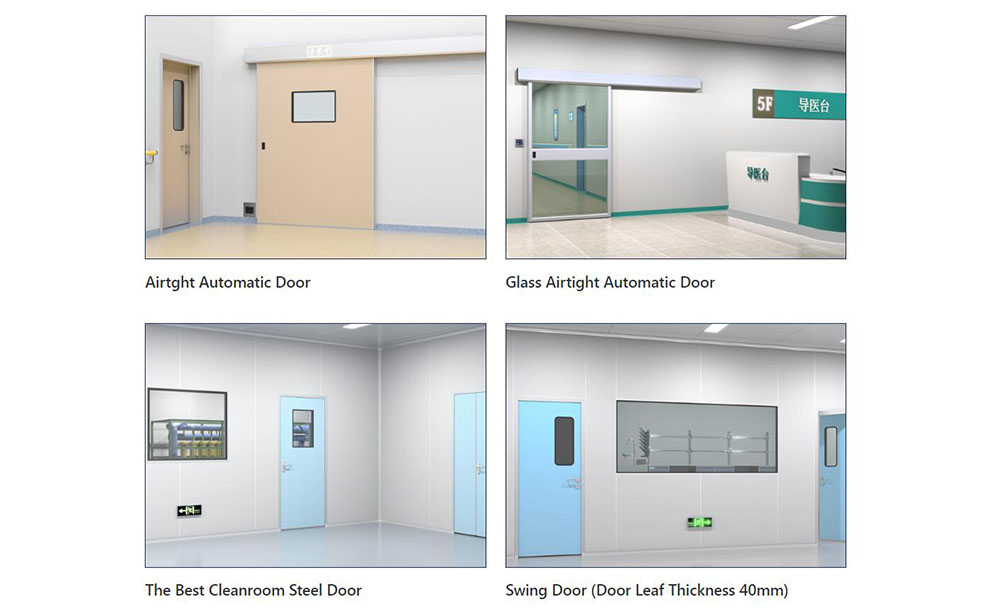 The Importance of Choosing the Right Cleanroom Door in Vietnam
The Importance of Choosing the Right Cleanroom Door in Vietnam -
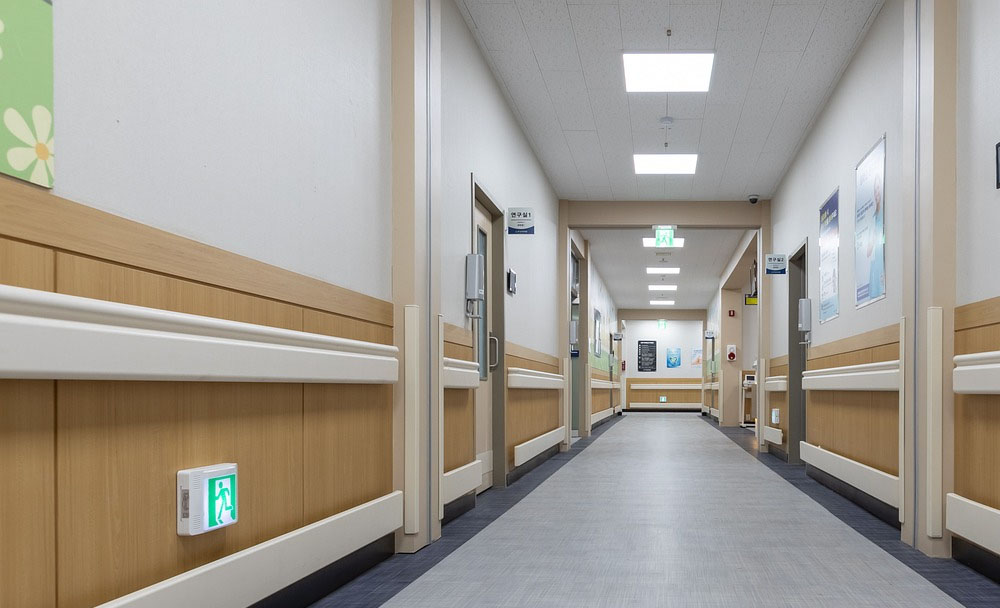 The Benefits of Hospital Automatic Doors: Enhancing Efficiency and Safety
The Benefits of Hospital Automatic Doors: Enhancing Efficiency and Safety -
.jpg) The Best Bathroom Door Manufacturers - Unlocking Endless Possibilities!
The Best Bathroom Door Manufacturers - Unlocking Endless Possibilities! -
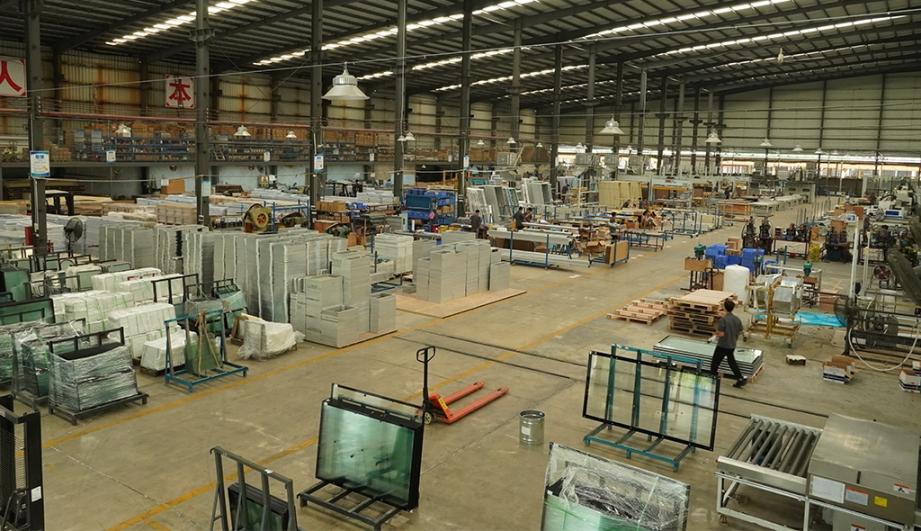 Unlock the Possibilities with AJ Manufacturing Doors
Unlock the Possibilities with AJ Manufacturing Doors -
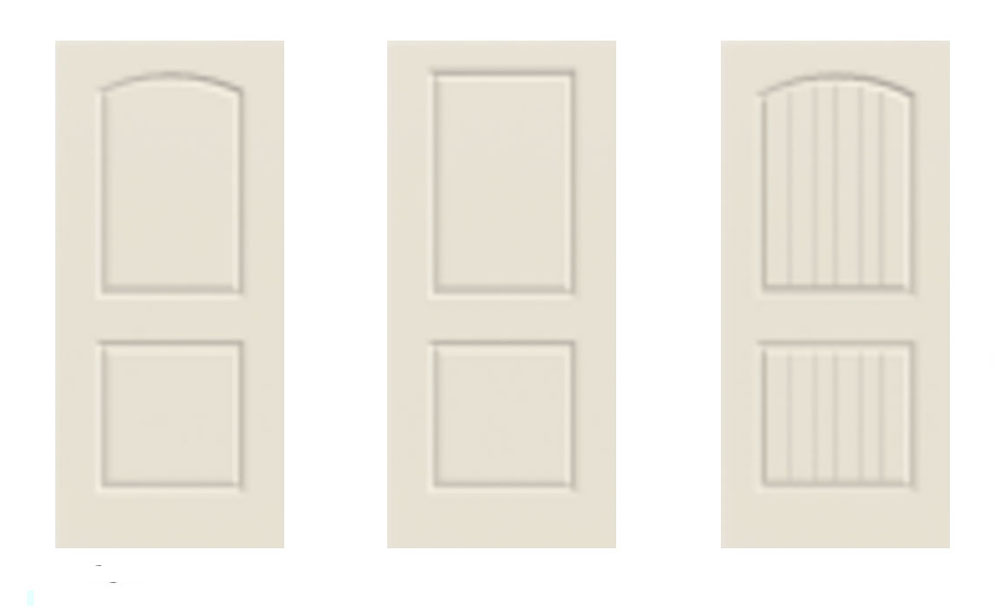 Make a Statement with Manufactured Home Interior Doors!
Make a Statement with Manufactured Home Interior Doors! -
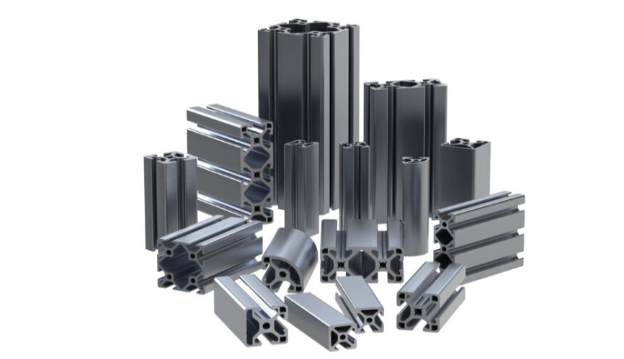 what is aluminum profile? Aluminum Profiles for Your Home is the best option
what is aluminum profile? Aluminum Profiles for Your Home is the best option
-
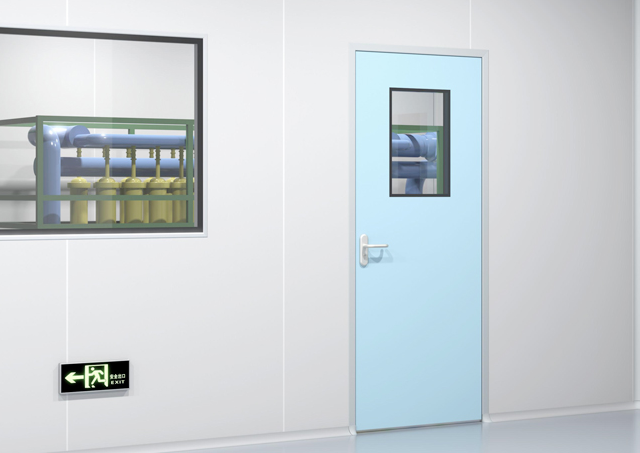 Next-Gen Medical Cleanroom Access: Introducing the Cleanroom Steel Door Solution
Next-Gen Medical Cleanroom Access: Introducing the Cleanroom Steel Door Solution -
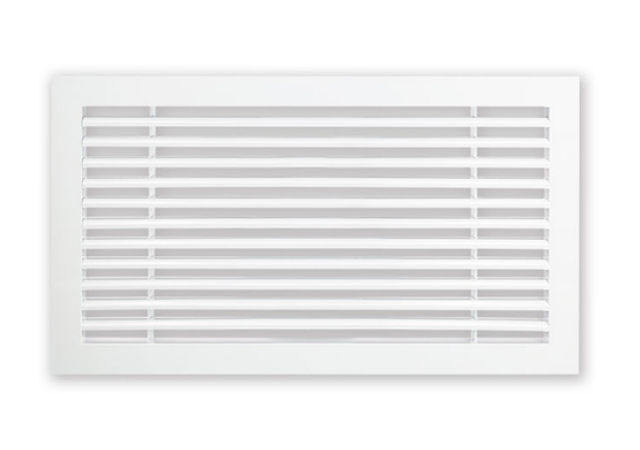 Linear Bar Grille Air Conditioning Diffuser with 0° Angle Blades for Perfect Airflow
Linear Bar Grille Air Conditioning Diffuser with 0° Angle Blades for Perfect Airflow -
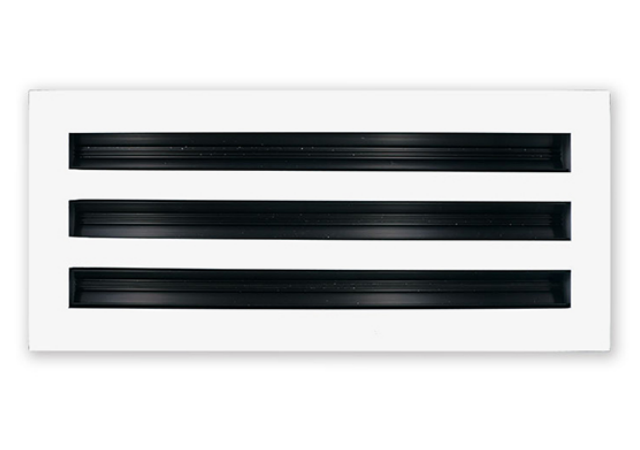 The Sleek and Efficient Linear Slot Diffuser for Air Vent
The Sleek and Efficient Linear Slot Diffuser for Air Vent -
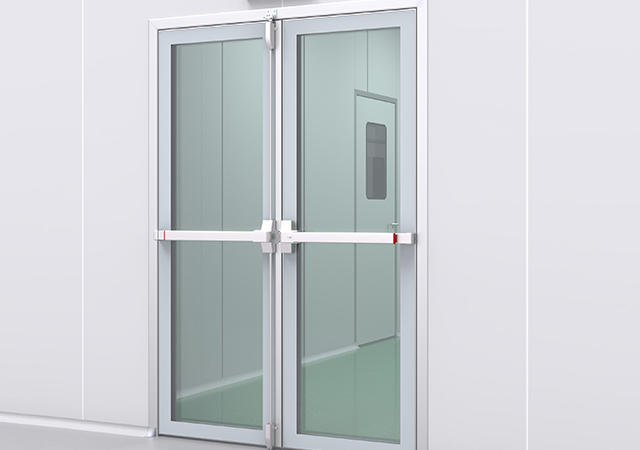 Double-Swing Glass Doors - Modern Laboratory Cleanroom Doors
Double-Swing Glass Doors - Modern Laboratory Cleanroom Doors -
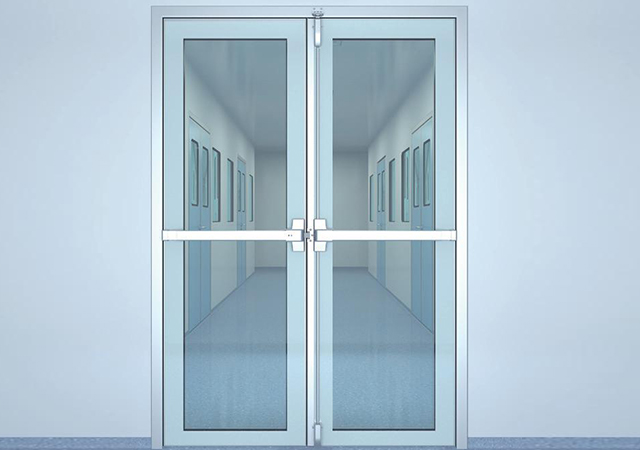 Superior Aluminium Glass Swing Door - Pharmaceutical Cleanroom Door
Superior Aluminium Glass Swing Door - Pharmaceutical Cleanroom Door -
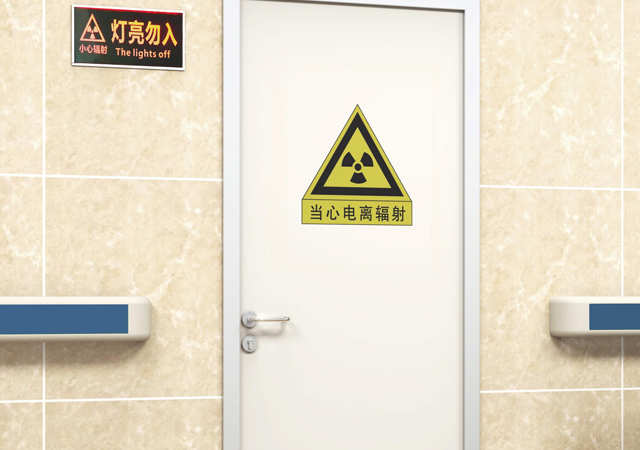 E-ZONG Leads the Way in China's Medical Lead Protection Doors: Innovation for Safety and Efficiency
E-ZONG Leads the Way in China's Medical Lead Protection Doors: Innovation for Safety and Efficiency -
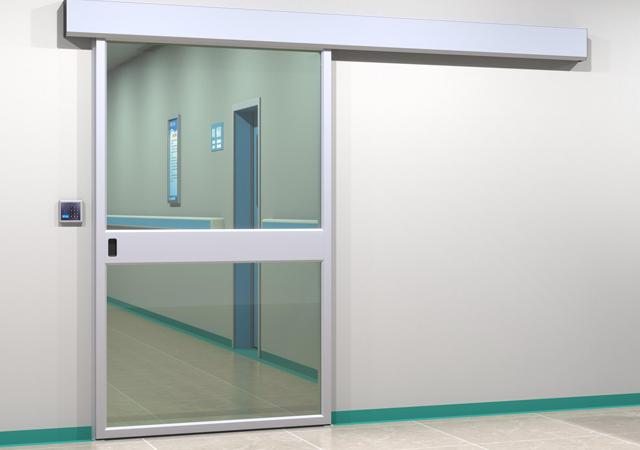 E-ZONG: Leading the Suppliers of Glass Airtight Automatic Doors for Safer, Cleaner Spaces
E-ZONG: Leading the Suppliers of Glass Airtight Automatic Doors for Safer, Cleaner Spaces -
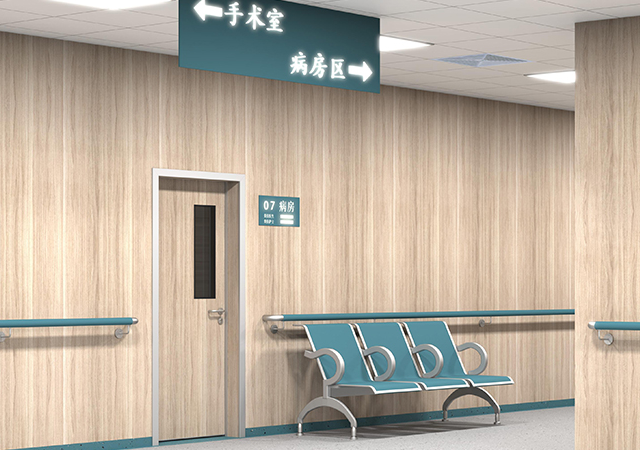 How Wall Air-Tight Swing Doors Ensure Clean Environments With Secure & Silent
How Wall Air-Tight Swing Doors Ensure Clean Environments With Secure & Silent -
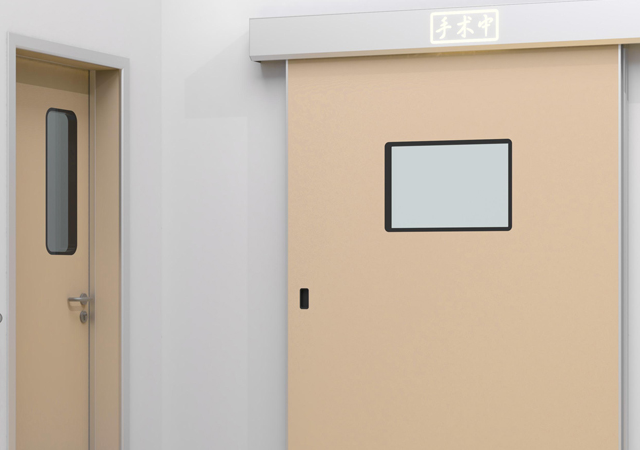 Seamless Automatic Cleanroom Sliding Doors: Smooth, Safe, and Hygienic Solutions
Seamless Automatic Cleanroom Sliding Doors: Smooth, Safe, and Hygienic Solutions -
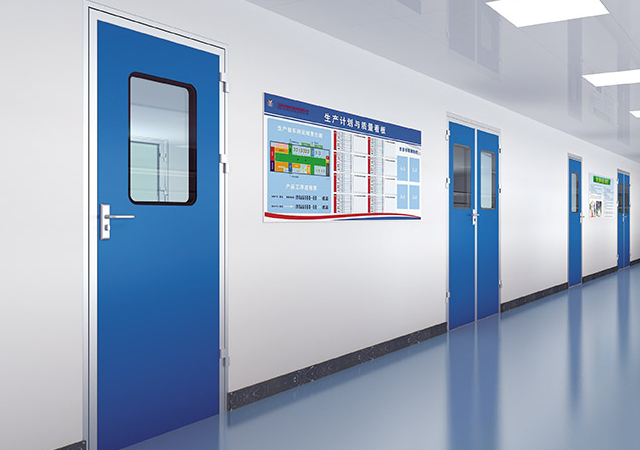 Elegant & Durable: Premium Swing Door Protection for Hospitals
Elegant & Durable: Premium Swing Door Protection for Hospitals

Guangzhou Yizhong Aluminum Industry Co., Ltd.
We are always providing our customers with reliable products and considerate services.
We are always providing our customers with reliable products and considerate services.
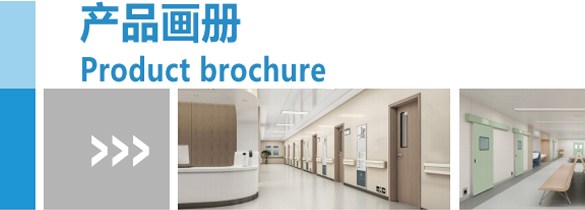
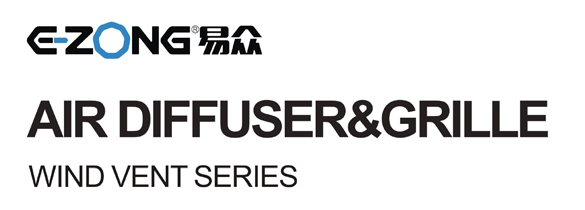








Speak Your Mind